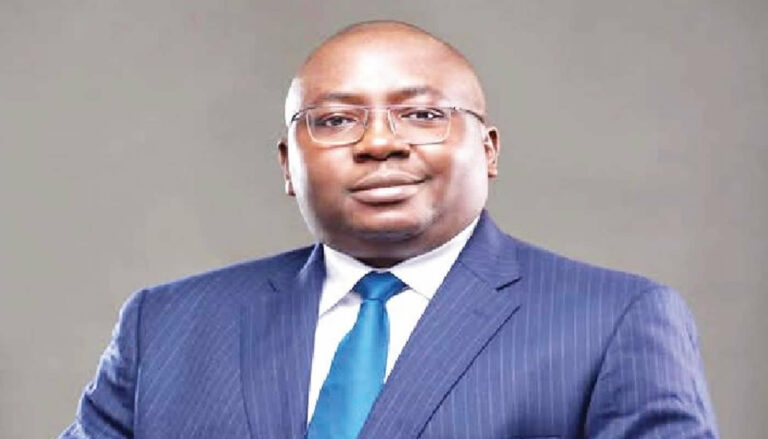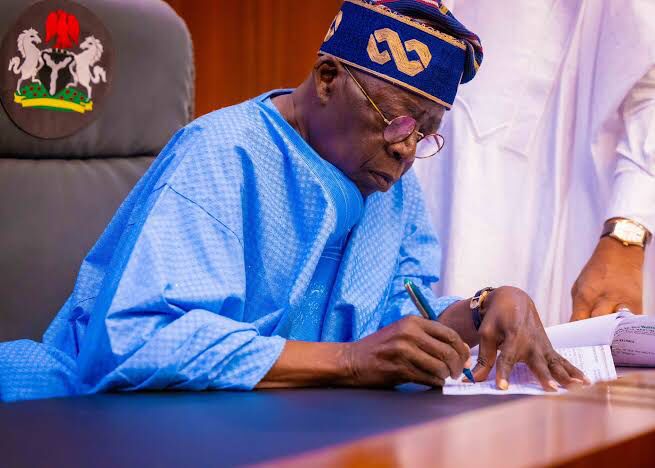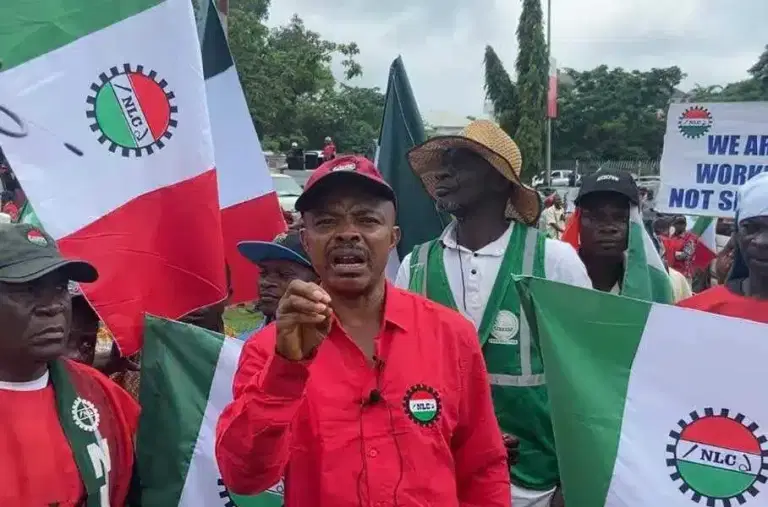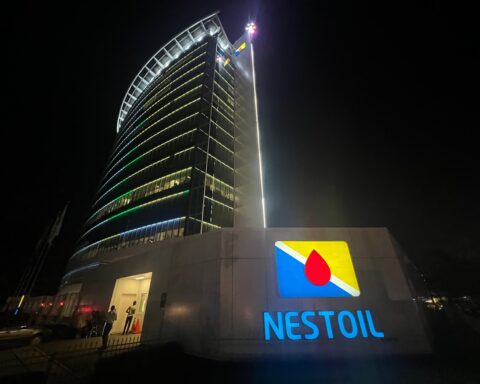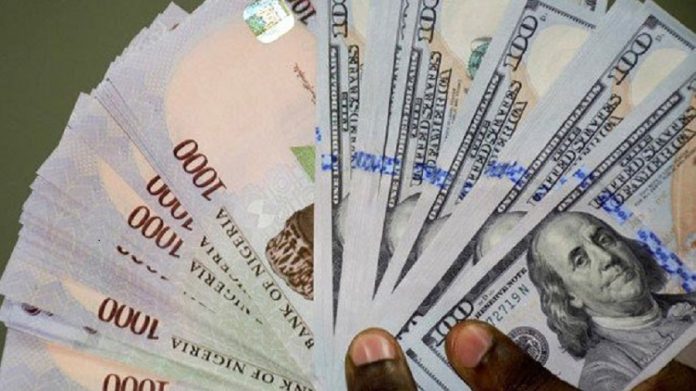By Tamunoemi Briggs – Nigeria’s electricity supply has remained stagnant at around 5,500 megawatts, despite repeated promises to boost generation to at least 6,000MW. This comes as the Nigerian Electricity Regulatory Commission (NERC) officially transferred regulatory oversight of the electricity market in Bayelsa State to the newly created Bayelsa Electricity Regulatory Agency (BYERA).
In a statement posted on its social media platforms on Monday, NERC explained that the move followed provisions of the amended 1999 Constitution and the Electricity Act 2023. With this transfer, Bayelsa joins states including Lagos, Ogun, Ondo, Ekiti, Edo, Enugu, Plateau, Oyo, Imo, and Niger that now exercise independent control over their electricity markets.
Under the order, the Port Harcourt Electricity Distribution Company (PHED) is mandated to create a subsidiary—PHED SubCo—to manage intrastate power supply and distribution within Bayelsa. The company has 60 days from August 21, 2025, to complete the incorporation, after which the subcompany must apply for a licence from BYERA. All transfer processes are expected to be finalised by February 20, 2026.
Despite these reforms, power generation has shown little improvement. The Minister of Power, Adebayo Adelabu, had pledged that generation would hit 6,000MW by the end of 2024 and eventually rise to 7,000MW. Though generation briefly peaked at 6,003MW in March 2025, it quickly dropped back to current levels.
Latest figures from NERC’s July 2025 factsheet reveal that Nigeria’s power plants, with an installed capacity of 13,625MW, delivered only 5,577MW in available capacity—representing just 41 per cent plant availability and a decline from June. Average hourly generation stood at 4,340MWh, while grid load factor fell slightly to 78 per cent.
A breakdown of performance across plants shows that some facilities operate far below capacity. For instance, Egbin generated 717MW out of its 1,320MW capacity (54%), Delta 482MW out of 900MW (54%), and Kainji 360MW out of 760MW (47%). On the weaker end, Odukpani produced 209MW out of 625MW (33%), Zungeru 199MW out of 650MW (31%), and Afam 2 202MW out of 625MW (33%).
However, some plants recorded stronger availability: Ihovbor 2 produced 449MW out of 461MW (97%), Okpai 1 delivered 471MW out of 578MW (81%), while Jebba supplied 372MW out of 461MW (77%).
Others, such as Alaoji 1, Afam 1, and Sapele Steam, recorded near-zero output, raising concerns about underutilized assets.
Speaking on recent interventions, the Managing Director of the Niger Delta Power Holding Company (NDPHC), Jennifer Adighije, disclosed that her team had revived five dormant turbine units, restoring about 625MW to the grid. She said the long-idle Alaoji Power Plant was also being primed for reactivation.
Despite these efforts, energy sector stakeholders insist reforms must be matched with stronger policy direction. Adetayo Adegbemle, convener of PowerUp Nigeria, stressed that while state-level autonomy is a welcome step, it will take time to yield results.
“Power supply remains a challenge,” he said. “But the bigger issue is the absence of clear policy leadership. Even the National Integrated Electricity Policy is barely being implemented. Without strong reforms at the national level, generation will remain stuck.”
